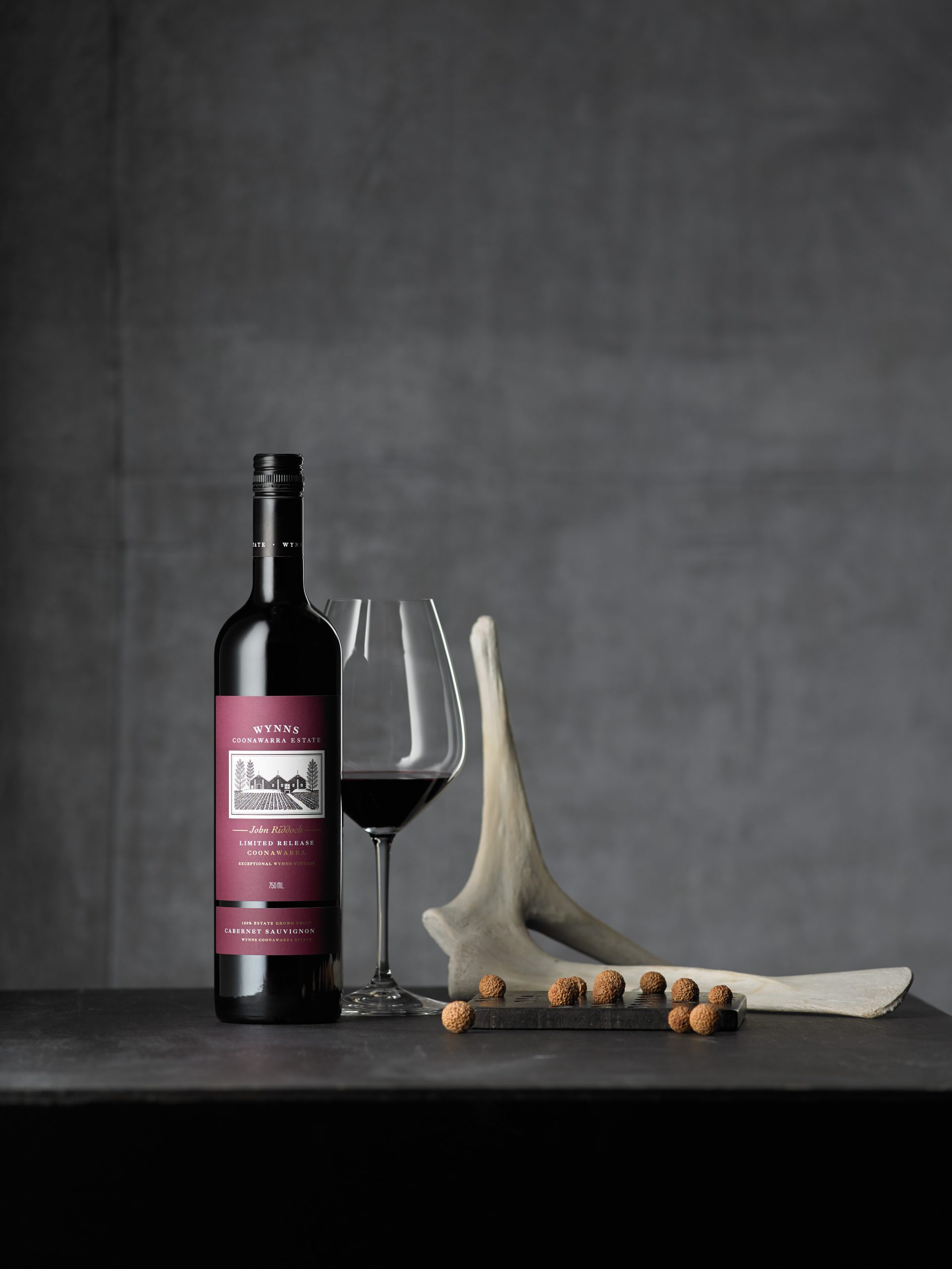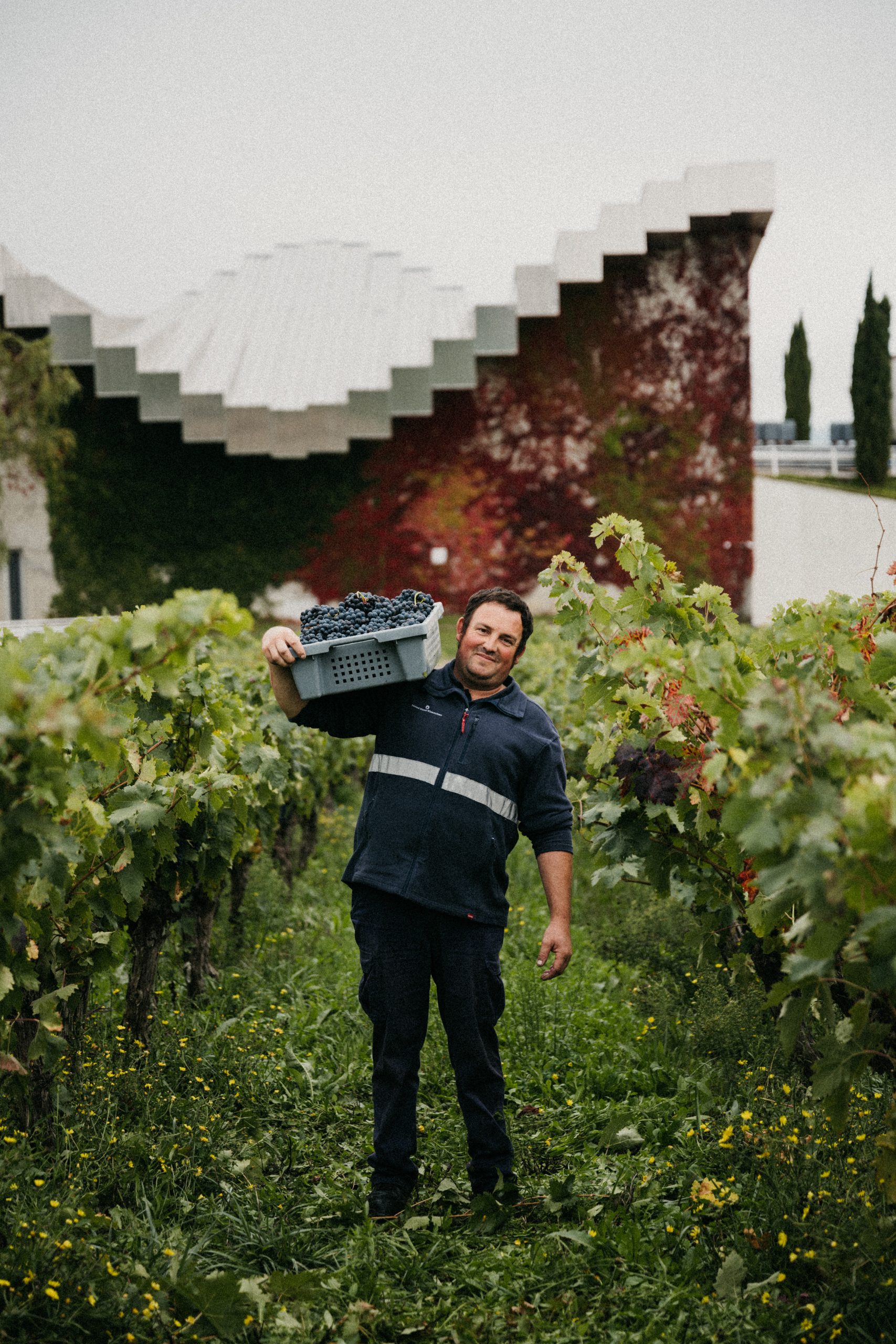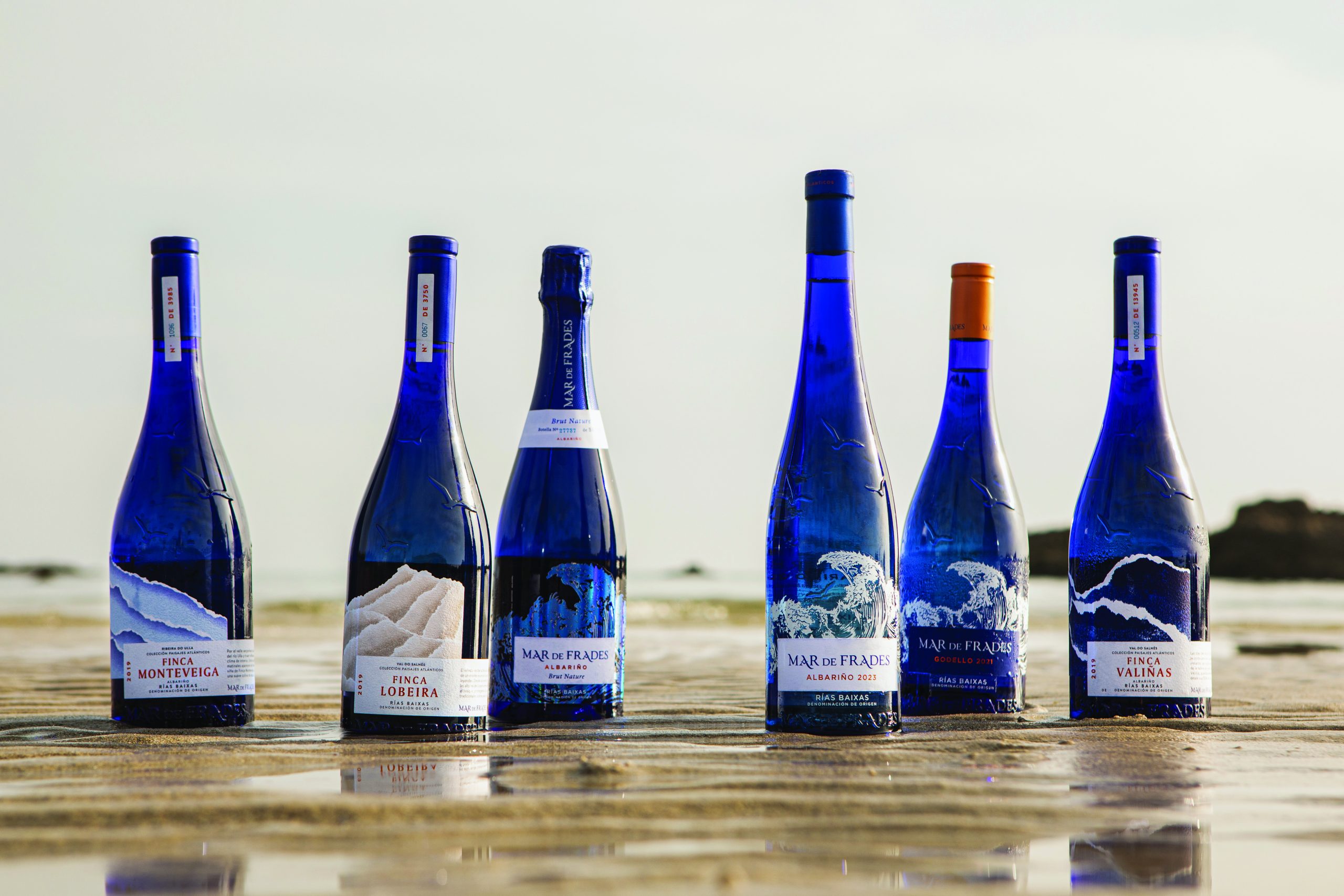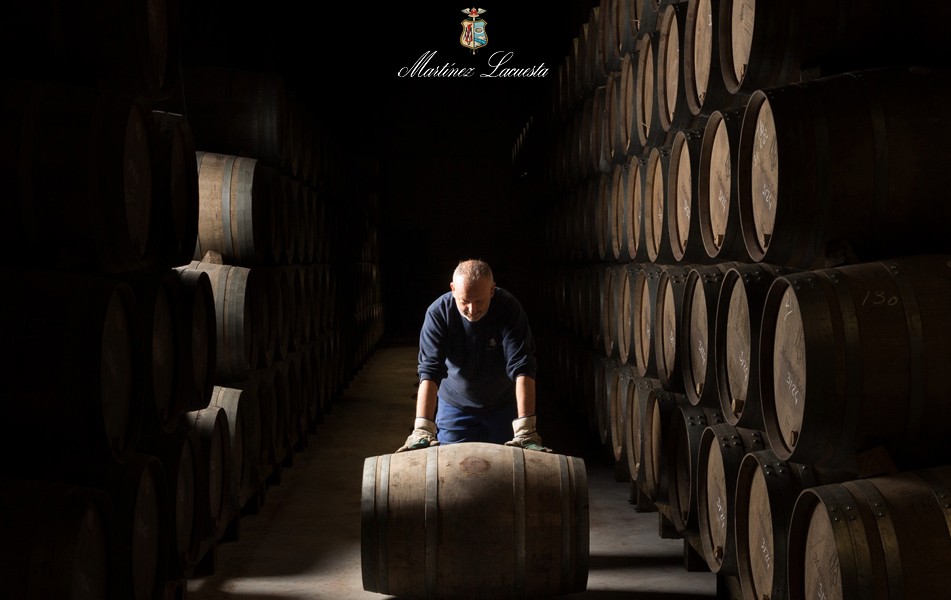Why you might be asked for ID to buy 0% alcohol drinks
The rise of alcohol alternatives—drinks with a maximum of 0.5% alcohol by volume (ABV)—has transformed consumer habits, offering options for moderation without sacrificing the experience of drinking. Yet, as the popularity of these products soars, some shoppers are puzzled to find themselves asked for identification when buying a beverage labelled “alcohol-free.”
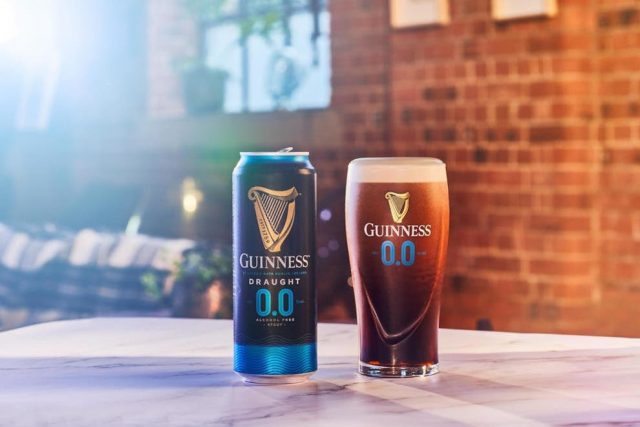
According to guidelines from The Retail of Alcohol Standards Group (RASG) and the Portman Group, the rationale is firmly rooted in ensuring responsible retail practices.
What are alcohol alternatives?
Per the Retail of Alcohol Standards (RASG), alcohol alternatives include drinks, “intended to act as a replacement for alcoholic drinks, for adults, in contexts where alcoholic drinks would normally be consumed or provide an option in contexts where alcohol would not normally be suitable”. While these products often contain no more alcohol than a glass of orange juice, their branding, packaging and placement in stores align them closely with traditional alcoholic beverages.
These drinks are not legally defined as alcoholic under English, Welsh and Scottish laws, which exempt products of 0.5% ABV or below from the licensing requirements governing alcohol sales. Despite this, they are commonly displayed in the beers, wines and spirits aisle—a deliberate measure to target their intended adult audience.
Why extend age verification policies?
The RASG recommends retailers apply age verification policies, such as Challenge 25, to alcohol alternatives to maintain social responsibility. The reasoning is clear: while these products are legal for under-18s to purchase, such sales “are likely to be viewed as irresponsible” and could harm the retailer’s reputation within local communities or with governing bodies.
Partner Content
The Portman Group, the trade body for alcohol labelling echoes these sentiments, suggesting that alcohol alternatives should “minimise potential confusion” with alcoholic products while avoiding “particular appeal to under-18s.” This includes avoiding packaging and marketing strategies that incorporate youthful designs, cartoon imagery, or under-25s prominently consuming the drinks.
Are we overregulating?
The ID policy for alcohol alternatives raises important questions about how far society should go in policing products that, by legal definition, are not alcohol. While retailers and producers understandably wish to protect their reputations and align with social responsibility, there is an argument that this cautious approach edges into overregulation.
The rationale for ID checks lies in protecting under-18s from the “appeal” of alcohol alternatives, yet this argument can feel patronising in an era when young people are statistically consuming less alcohol than previous generations. And if alcohol alternatives are to be embraced as tools for harm reduction, shouldn’t they be demystified and normalised rather than cloaked in the same restrictive measures as their alcoholic counterparts?
The rise of alcohol alternatives signals a shift towards more responsible and inclusive drinking cultures. As such, perhaps it is time to rethink policies that inadvertently cast these products as taboo. After all, a truly responsible drinks industry should empower consumers to make informed choices—not impose unnecessary barriers in their path.
Related news
Northern Monk to raffle 15 litre Nebuchadnezzar of imperial stout

